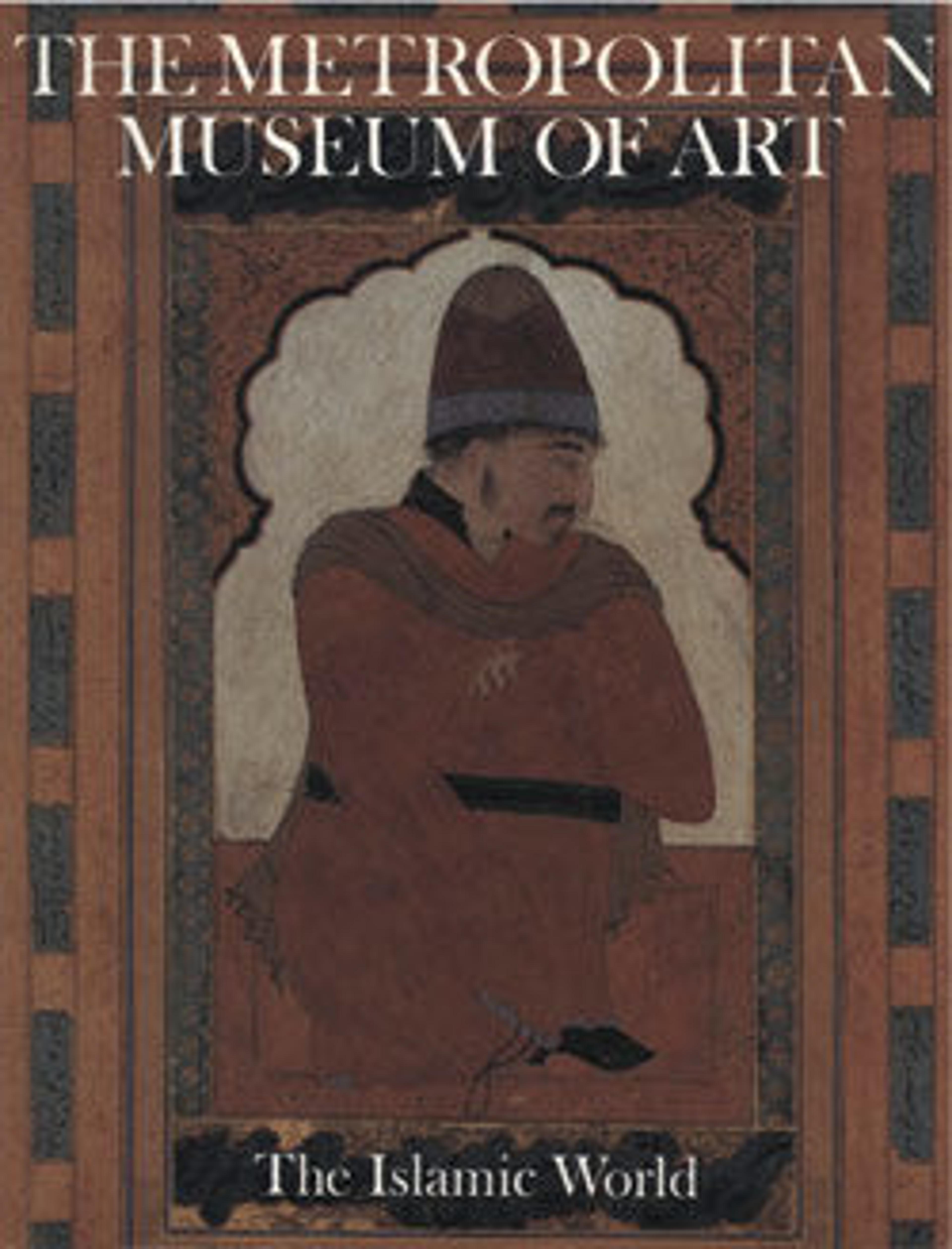Bowl
Wheel-cutting was one of the most important contributions of early Islamic artisans to glass-making. They would first blow an object with thick walls that could withstand the pressure of the wheel, then cut away the glass, creating a relief decoration, such as the flutes inside the lobes on this vessel. Such lobing was characteristic of Bactrian and Sasanian silver vessels, an indication that artists translated models derived from metalwork in other media.
Artwork Details
- Title: Bowl
- Date: 8th–9th century
- Geography: Attributed to Iran
- Medium: Glass, colorless with greenish tinge; mold blown, cut
- Dimensions: H. 2 7/16 in. (6.2 cm)
Diam. 5 7/16 in. (13.9 cm)
Th. at rim of lobe 1/8 in. (.3 cm) - Classification: Glass
- Credit Line: Rogers Fund, 1970
- Object Number: 1970.20
- Curatorial Department: Islamic Art
More Artwork
Research Resources
The Met provides unparalleled resources for research and welcomes an international community of students and scholars. The Met's Open Access API is where creators and researchers can connect to the The Met collection. Open Access data and public domain images are available for unrestricted commercial and noncommercial use without permission or fee.
To request images under copyright and other restrictions, please use this Image Request form.
Feedback
We continue to research and examine historical and cultural context for objects in The Met collection. If you have comments or questions about this object record, please complete and submit this form. The Museum looks forward to receiving your comments.
